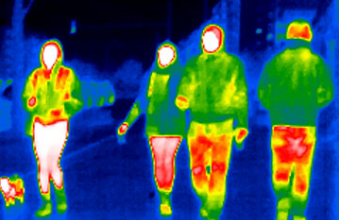Witnessing a Rare Celestial Event: The Imminent Outburst of T Coronae Borealis

For the first time in eighty years, the night sky is poised to T Coronae Borealis host a celestial spectacle, offering a unique opportunity to witness a star’s dazzling brilliance during an extraordinary explosion.
T Coronae Borealis
T Coronae Borealis, also known as T Coronae Borealis, is the star at the center of this imminent phenomenon, situated 3,000 light-years away in the expansive expanse of the Northern hemisphere. It is on the verge of a spectacular outburst that promises to captivate observers with its luminosity.
Set against the backdrop of the Corona Borealis constellation, T CrB is anticipated to shine as brightly as the renowned North Star, Polaris, for approximately one week. The exact timing of this extraordinary event remains uncertain, with NASA predicting its occurrence sometime between now and September. Nestled within the Corona Borealis constellation, T CrB lies in a semicircular pattern between the Bootes and Hercules constellations.
This rare astronomical event, classified as a nova, occurs approximately once a century. It occurs when a white dwarf star, comparable in size to the sun but collapsed, and a red giant star, nearing the end of its life and expanding to about 74 times the sun’s size, come into close proximity. The intense heat from the red giant raises its surface temperature dramatically, prompting T CrB to expel its outer layers onto the white dwarf’s surface.
The culmination of matter from the red giant triggers an enormous thermonuclear explosion, unleashing an energy burst up to 100,000 times greater than the sun’s annual output. Unlike a supernova, which destroys the star, a nova like T CrB’s does not obliterate the star system. Instead, the star cools down to its original temperature and restarts its cycle.
Historical records reveal notable eruptions of T CrB dating back to 1946 and even 1866, with earlier accounts suggesting observations several centuries ago. Reverend Francis Wollaston in 1787 and Abbott Burchard in 1217 documented witnessing a bright star in the Corona Borealis constellation, hinting at earlier appearances of T CrB.
This particular star explosion is distinctive for its brief yet intense display, completing its cycle in merely a week. NASA anticipates that the nova’s peak brightness will make it visible to the naked eye for several days and with binoculars for just over a week before it fades away, potentially not to reappear for another 80 years.
This upcoming event beckons sky enthusiasts and the curious alike to marvel at the wonders of our universe, showcasing the ephemeral yet awe-inspiring nature of celestial phenomena.




